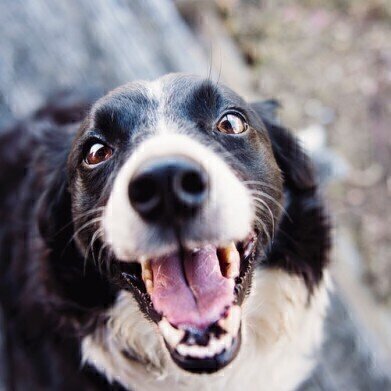GC-MS
Could There Be an App for Cancer Detection Using Chromatography?
Mar 07 2021
There have been countless studies that show how dogs can sniff all kinds of disease including lung, breast, ovarian and prostate cancers. There are even studies seeing if dogs could be used to test for Covid-19. The success rate of dogs detecting cancers have been remarkably high, in some cases up to 99% success rate based on sniffing a patient’s urine sample. But dogs, like scientists, take time and money to train and they cannot work 24 hours a day 365 days a year. Unfortunately, they need some time off to recharge their batteries.
So, researchers have set about trying to replicate the dog’s ability to sniff disease out. And in a new study, researchers have tested the possibility of using sensors and artificial intelligence to replace a dog and sniff out prostate cancer. The work has been published in the journal PLOS One - Feasibility of integrating canine olfaction with chemical and microbial profiling of urine to detect lethal prostate cancer – and gas chromatography played a large part in progressing the work.
Chromatography separates the samples
The researchers from universities in the US and the charity Medical Detection Dogs in the UK, wanted to combine the olfactory nose and brain ability of dogs in a small portable device to help detect prostate cancer. In a press release from Massachusetts Institute of Technology, one of the lead researchers Andreas Mershin said: “Dogs, for now 15 years or so, have been shown to be the earliest, most accurate disease detectors for anything that we’ve ever tried. So far, many different types of cancer have been detected earlier by dogs than any other technology.”
The team used gas chromatography-mass spectrometry to find out which molecules the dogs could smell in urine samples. Chromatography is one of the main analytical techniques used by researchers and is the pre-eminent technique for separating samples into their components. The use of gas chromatography is discussed in the article, Gas Chromatography Troubleshooting Part I – Peak Shape Issues.
Artificially replacing dogs
The team then combined the GC-MS results and the dog’s efforts to train a neural network to make connections between the two. The team tested the urine of 50 patients with a confirmed prostate cancer diagnosis and controls known to be free of the disease using dogs and the detection system they had designed. The Artificial system was able to match the success rate of the dogs with both systems scoring better than 70%.
Commenting on the detection equipment they developed, Mershin said: “We knew that the sensors are already better than what the dogs can do in terms of the limit of detection, but what we haven’t shown before is that we can train an artificial intelligence to mimic the dogs. And now we’ve shown that we can do this. We’ve shown that what the dog does can be replicated to a certain extent.
Digital Edition
Chromatography Today - Buyers' Guide 2022
October 2023
In This Edition Modern & Practical Applications - Accelerating ADC Development with Mass Spectrometry - Implementing High-Resolution Ion Mobility into Peptide Mapping Workflows Chromatogr...
View all digital editions
Events
ACS National Meeting - Fall 2024
Aug 18 2024 Denver, CO, USA
Sep 04 2024 Chiba, Tokyo, Japan
Sep 04 2024 University of Warwick, Coventry, UK
Sep 10 2024 Rockville, MD, USA
Plastics Recycling World Expo Europe
Sep 11 2024 Brussels, Belgium














